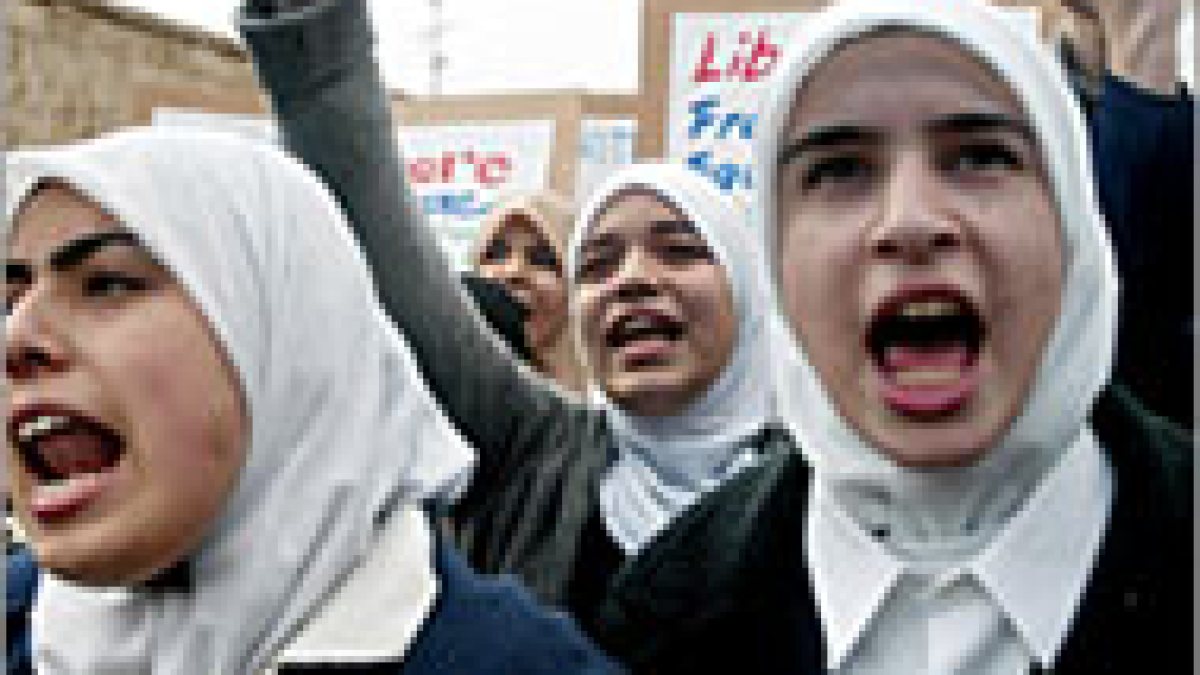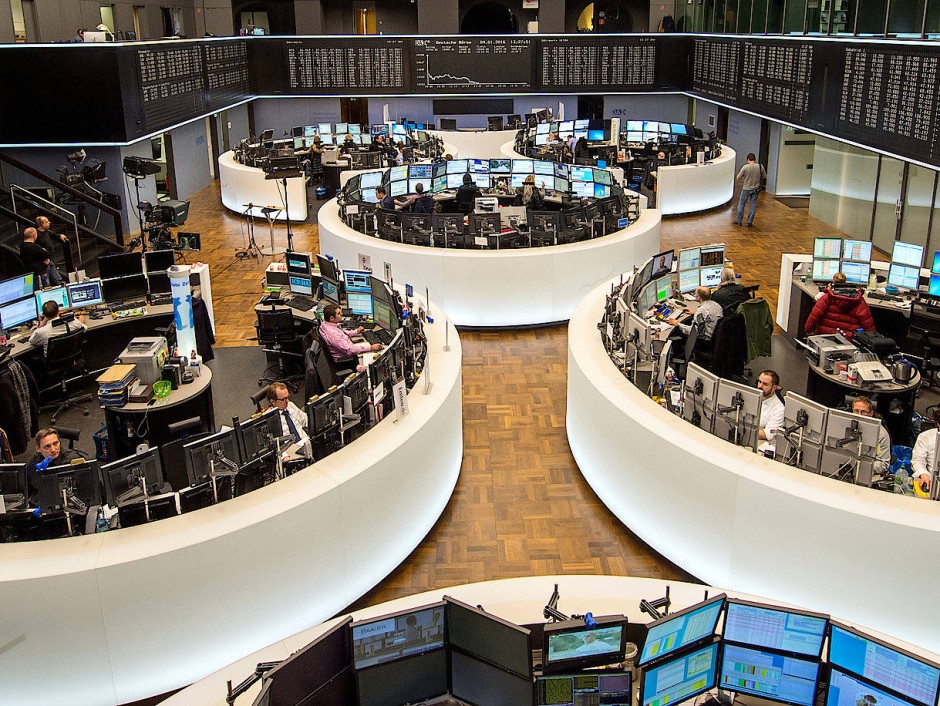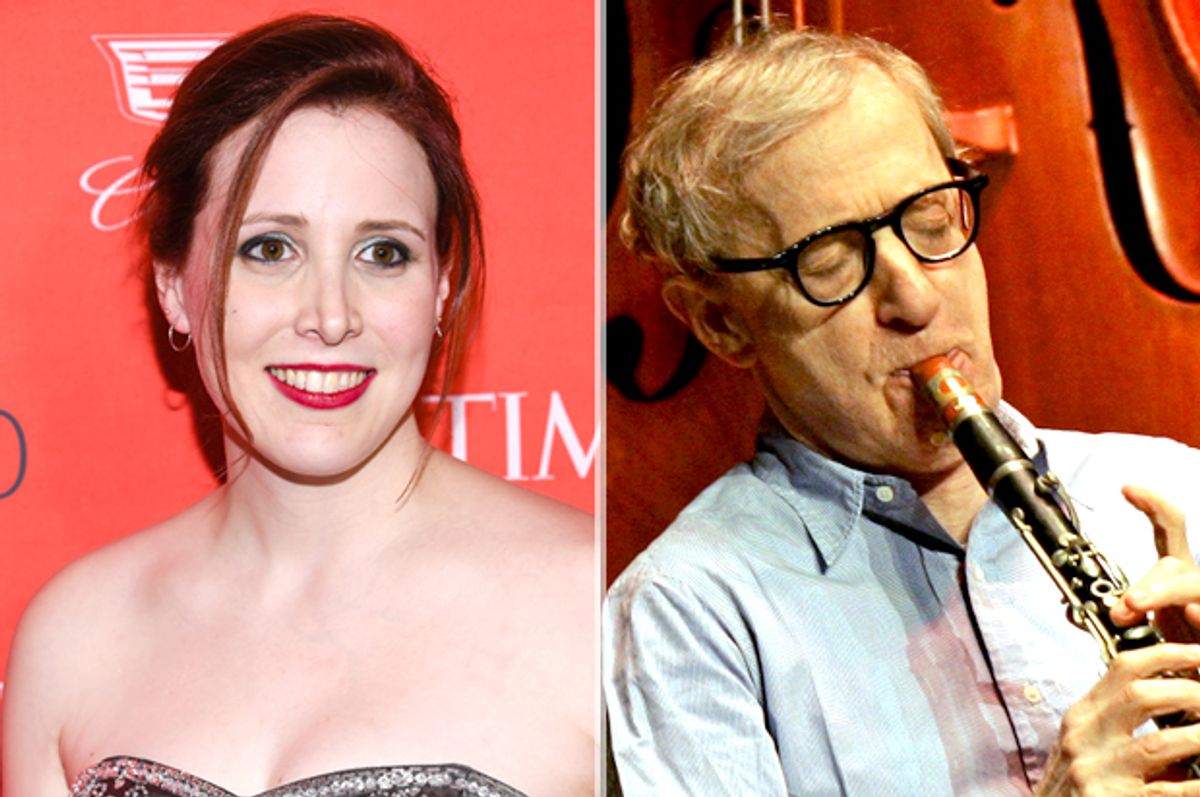France's Ruling Party Weighs Ban On Hijabs For Girls Under 15

Table of Contents
The Proposed Hijab Ban: Details and Rationale
The proposed hijab ban in France targets girls under 15, aiming to prevent what the ruling party considers the coercion of minors into wearing religious attire. The specific age limit of 15 is crucial, reflecting the party's belief that girls at this age lack the maturity to make fully informed decisions about religious expression. The rationale behind the proposed France hijab law centers on several key pillars:
- Protection of Minors: Proponents argue that the ban safeguards girls from potential pressure or coercion within their families or communities to adopt religious dress. They believe it prioritizes the well-being and autonomy of young girls.
- Upholding Secular Values: The proposal aligns with France's strong tradition of laïcité, the principle of secularism separating religion from the state. Supporters contend that the ban reinforces this principle in public spaces and protects the integrity of the French Republic.
- Preventing Coercion: The government suggests that in some cases, the wearing of the hijab by young girls represents a form of imposed religious identity, rather than a freely chosen expression of faith. The ban aims to counteract this alleged coercion.
- Legal Basis: While the exact legal framework is still being developed, the proposed ban likely draws upon existing French laws concerning the protection of minors and the principle of secularism. It's anticipated that the ban will be justified under existing legislation or by new legislation designed specifically to address this issue.
The government's arguments are bolstered by statements from prominent party officials emphasizing the need to protect children from undue influence and to uphold the fundamental values of French society. However, the legal precedents and the specific wording of any future legislation remain to be seen.
Opposition and Counterarguments to the Ban
The proposed hijab ban has faced significant opposition from various quarters, raising serious concerns about its implications:
- Violation of Human Rights: Critics argue that the ban infringes upon the fundamental human rights of Muslim girls and their families, specifically their freedom of religion and expression. This is seen as a disproportionate response to the complexities of religious identity formation.
- Increased Marginalization: Opponents fear that such a ban would further marginalize and stigmatize Muslim communities in France, exacerbating existing tensions and fostering a climate of discrimination.
- Impact on Muslim Girls: The ban could lead to increased social isolation and pressure on young Muslim girls, potentially impacting their education and social integration. It could also trigger an underground adoption of religious dress.
- International Human Rights Standards: Many international human rights organizations have expressed concerns, arguing that the ban violates international conventions protecting religious freedom and the rights of the child. The impact on the integration of French Muslim society is considered far-reaching.
Opposition parties and civil rights organizations have voiced strong opposition, emphasizing the importance of religious tolerance and the need for inclusive policies. Legal challenges to the ban are anticipated, focusing on its potential incompatibility with international human rights standards.
The Broader Context: Secularism and Religious Freedom in France
The proposed hijab ban must be understood within the broader context of France's long-standing commitment to laïcité. This principle, enshrined in French law and deeply embedded in French culture, aims to maintain a separation between the state and religious institutions. Laïcité is not simply the absence of religion; it entails a strict regulation of religious expression in public spaces.
- Historical Context: France's history of secularism dates back centuries, shaped by significant events such as the French Revolution. This strong adherence to secularism informs current political and social debates.
- Previous Legislation: Previous legislation, such as the ban on the burkini in some French towns, reveals a recurring tension between the principle of laïcité and the freedom of religious expression.
- Government Regulation: The French government plays a significant role in regulating religious practices in public spaces, seeking to ensure that these practices do not conflict with the principle of secularism.
- Public Opinion: Public opinion on the issue of religious freedom and secularism in France is complex and divided, with strong views on both sides of the debate. Recent polls illustrate a nuanced understanding of public sentiment, with significant variations between different population segments.
Understanding the nuances of laïcité is key to interpreting the proposed ban and its potential consequences. It’s a complex principle open to varying interpretations and applications.
International Reactions and Comparisons
The proposed France hijab ban has drawn international attention, with varied responses from other countries:
- European Comparisons: Several European countries have grappled with similar issues, but their approaches and legal frameworks differ significantly, highlighting the lack of a unified European approach to regulating religious expression.
- Global Perspective: The debate on hijab bans and restrictions extends far beyond Europe, reflecting diverse cultural and political contexts.
- International Human Rights Organizations: International human rights organizations have consistently raised concerns about restrictions on religious freedom, urging governments to uphold fundamental human rights.
Comparing France's approach to other countries illuminates the complexity of balancing secular values with the protection of religious freedom.
Conclusion
The proposed ban on hijabs for girls under 15 in France represents a significant and contentious issue, raising profound questions about secularism, religious freedom, and the rights of minors. This article has explored the diverse arguments for and against the ban, highlighting its complex legal and ethical implications within the French context and in relation to international human rights standards. The debate concerning a France hijab ban is far from settled and its ramifications will be felt both nationally and internationally.
Call to Action: Stay informed about the ongoing developments surrounding this crucial issue. Continue to follow the debate on the proposed France hijab ban and its potential impact on religious freedom and secular values in France. Understanding the multifaceted perspectives surrounding this highly sensitive topic is crucial for fostering a more informed and productive dialogue.

Featured Posts
-
 Aktienmarkt Frankfurt Dax Faellt Auslaufende Futures Am 21 Maerz 2025
May 25, 2025
Aktienmarkt Frankfurt Dax Faellt Auslaufende Futures Am 21 Maerz 2025
May 25, 2025 -
 2026 Porsche Cayenne Ev Spy Photos Reveal First Glimpses
May 25, 2025
2026 Porsche Cayenne Ev Spy Photos Reveal First Glimpses
May 25, 2025 -
 17 Celebrities Who Destroyed Their Careers In A Single Day
May 25, 2025
17 Celebrities Who Destroyed Their Careers In A Single Day
May 25, 2025 -
 Planning Your Memorial Day Trip Avoid These Busy Travel Days In 2025
May 25, 2025
Planning Your Memorial Day Trip Avoid These Busy Travel Days In 2025
May 25, 2025 -
 A Deep Dive Into Demnas Gucci Collections
May 25, 2025
A Deep Dive Into Demnas Gucci Collections
May 25, 2025
Latest Posts
-
 Analysis Of Sean Penns Stance On Dylan Farrows Accusations Against Woody Allen
May 25, 2025
Analysis Of Sean Penns Stance On Dylan Farrows Accusations Against Woody Allen
May 25, 2025 -
 The Sean Penn Woody Allen Dylan Farrow Controversy A Deeper Look
May 25, 2025
The Sean Penn Woody Allen Dylan Farrow Controversy A Deeper Look
May 25, 2025 -
 Woody Allen Sexual Assault Allegations Sean Penns Doubts
May 25, 2025
Woody Allen Sexual Assault Allegations Sean Penns Doubts
May 25, 2025 -
 Understanding Frank Sinatras Four Marriages Wives Love And Legacy
May 25, 2025
Understanding Frank Sinatras Four Marriages Wives Love And Legacy
May 25, 2025 -
 Sean Penns Response To Dylan Farrows Sexual Assault Claims Against Woody Allen
May 25, 2025
Sean Penns Response To Dylan Farrows Sexual Assault Claims Against Woody Allen
May 25, 2025
